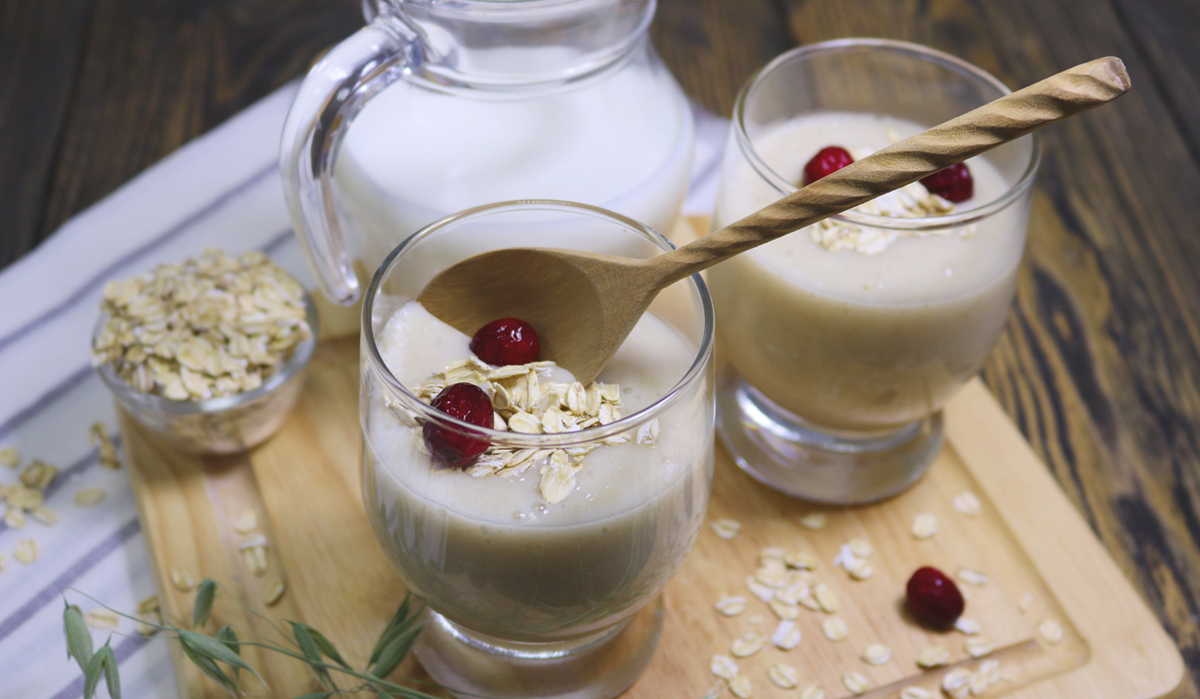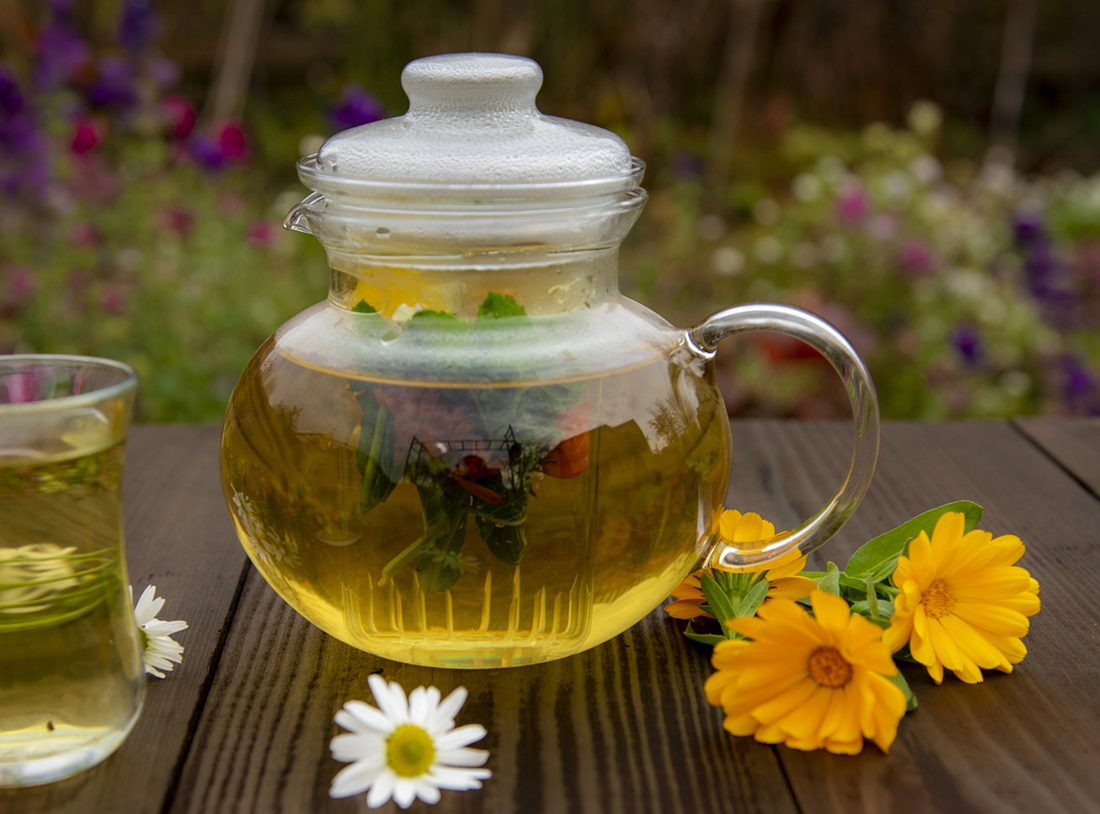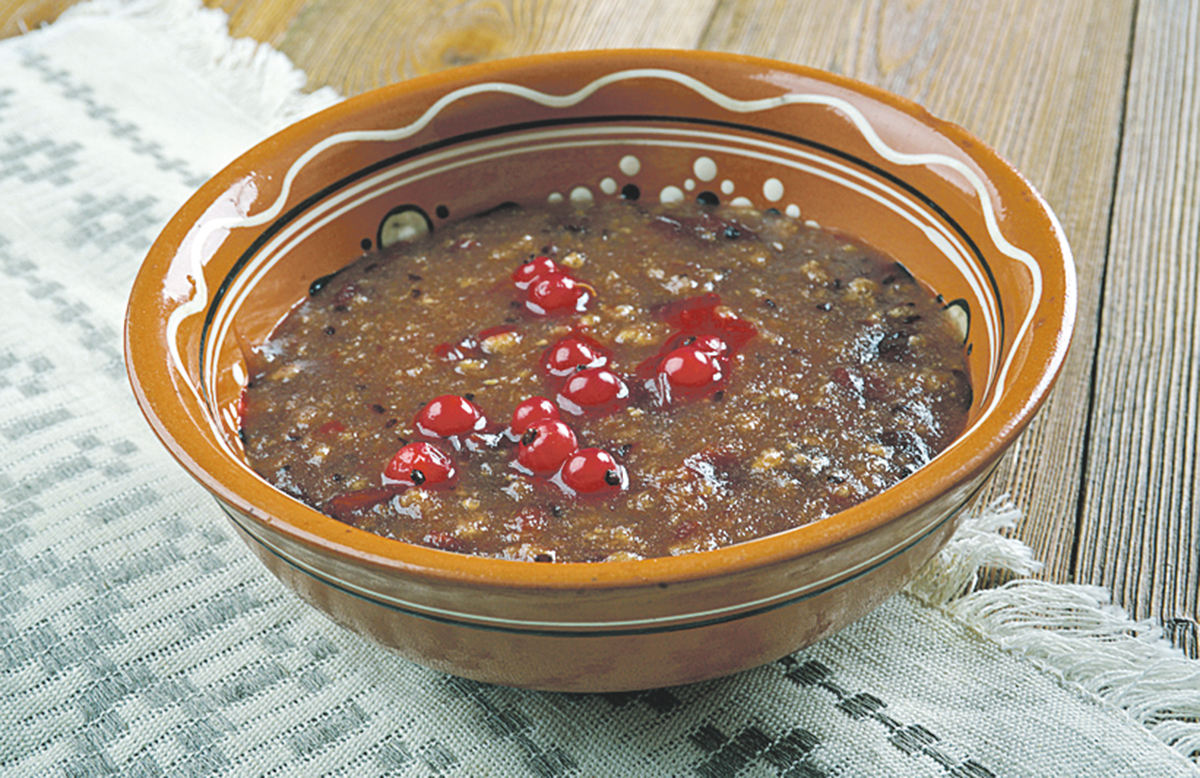Fragrant and warming
Let’s get ready for the cold, friends! Now is the time to master the recipes for delicious and unusual drinks from Belarus, which will come in handy on long winter evenings.

Krambambula
The funny name comes from the German word krambambuli — this is how European students jokingly called strong alcoholic drinks. But it was on Belarusian lands in the 17th century that the classic recipe for krambambula — a tincture with honey and spices — was developed. The soft, aged drink was served only at the tables of real tycoons — nutmeg, cinnamon, cloves and black pepper could then be afforded by truly wealthy people.But now you can try it in all restaurants of Belarusian cuisine. Or cook at home. For a non-alcoholic version, grind the spices in a mortar, add water and bring to a boil over low heat. Then add honey and cook for fifteen to twenty minutes. Ready!

Kisel
It was known in Rus’ long before the advent of potato starch. The Primary Chronicle even mentions an episode when oatmeal jelly saved an entire city from starvation during the siege of the Pechenegs. The Slavs prepared it exclusively with grain sourdough (most often with oats) — it was both tastier and healthier. The body will definitely thank you for such a warm meal — jelly improves the functioning of the gastrointestinal tract and lowers cholesterol levels.And although nowadays, store shelves are full of jelly concentrates, it is still better to cook it yourself. For sweetness and aroma, we use dried berries. Belarusian housewives use cranberries, lingonberries and blueberries.

Herbal teas
Herbal infusions, like those from my grandmother in the village, today seriously compete with classic black loose-leaf tea. Why? The palette of tastes is wider - once again. Good for health - two. No one has cancelled import substitution — three.To hunt for fragrant herbs, you can go to the Central Botanical Garden at the National Academy of Sciences of Belarus or to the St. Elisabeth Monastery. Mint, thyme, cornflower... They will select a blend to suit any request and mood. If you want to immerse yourself in theory, you should look into the excursion and tourist complex Apothecary Garden on the banks of the Naroch Lake. In the phyto-lounge they organise delicious tastings and help you create original herbal compositions.

Solodukha
This drink looks and tastes very similar to trendy smoothies. But its roots go back to ancient times. His recipe is originally ours, Slavic. In a clay pot you need to mix (or, as Belarusian housewives say, ‘beat’) water and flour. Leave on a warm oven for a day, or even two, until the mass becomes thick and thick. An option for urban people is to turn the oven on low (there the process will go faster). Then add honey and a handful of dried apples, pears, and wild berries to the prepared pulp. Bring to a boil, stirring with a wooden spoon.You can still enjoy traditional malt from the oven in the Kopyl Region. And yes, it is from these places that the famous singer Aleksandr Solodukha comes from.

Hot chocolate
Belarusian chocolates and sweets are traditionally among the top souvenirs brought from a ‘blue-eyed country’. And this is not surprising: the largest confectionery factories in the country have retained the Soviet recipe — no palm oil or fat substitutes, only natural cocoa beans and cocoa butter.A nice bonus is that there are cafes at the Kommunarka and Spartak brand stores where you can enjoy a cup of a thick, tart drink in a comfortable environment. Belarusian hot chocolate is not inferior to Belgian in taste and aroma. The menu includes not only the classics — milky and bitter, but also unusual items — with a creamy scoop of ice cream, liqueur or whipped cream. For a bite, you can always take a piece of Leningrad cake or handmade candy. Belarusian-style Dolce Vita!

By Sofia Arsenyeva




